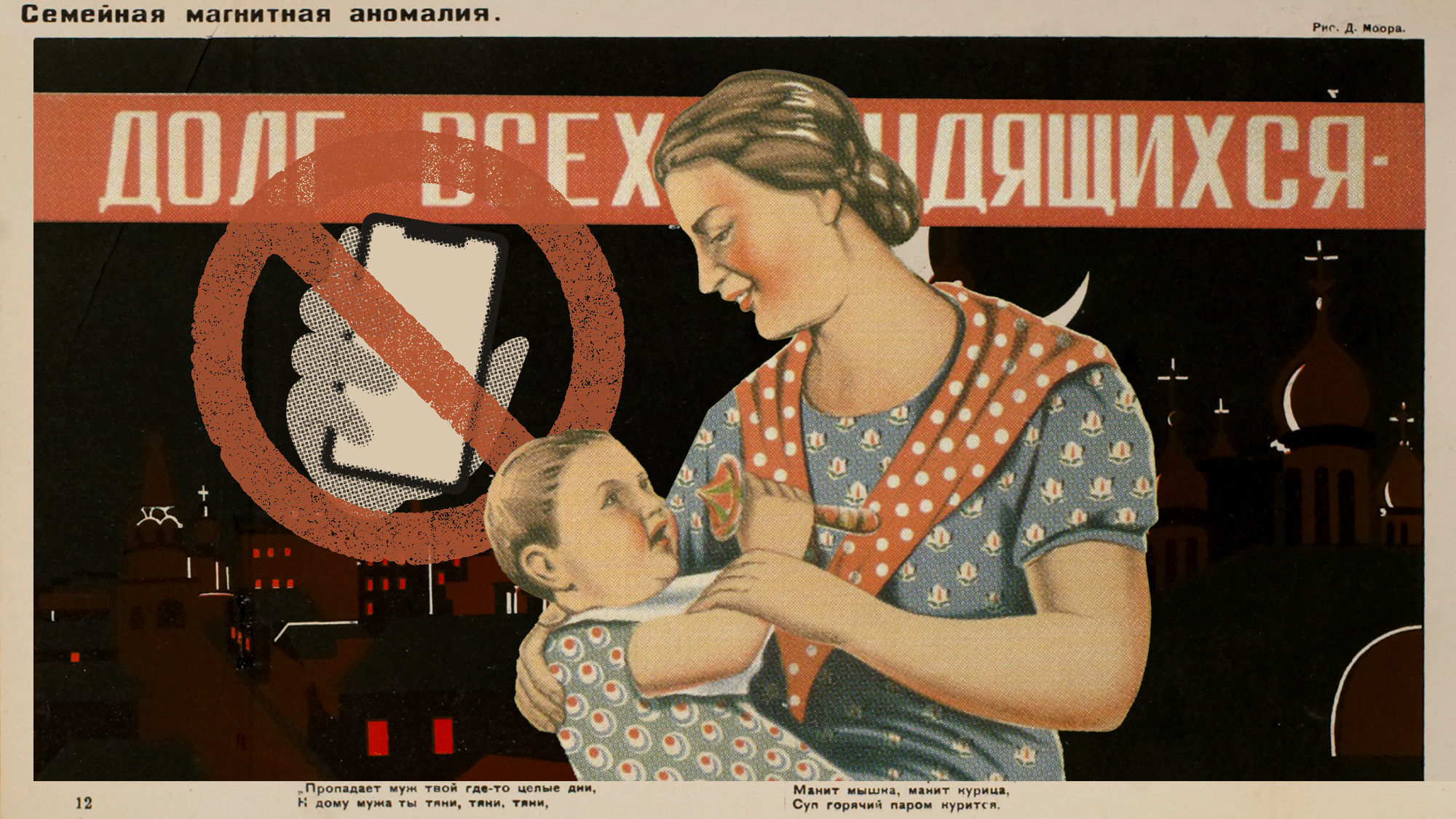Trump vs. the Fed
President Trump upended "long-standing White House protocol" by attacking the Federal Reserve's decision to raise interest rates
The smartest insight and analysis, from all perspectives, rounded up from around the web:
"Independence from presidential criticism has long been a hallmark of the Fed's existence," said Jim Tankersley at The New York Times. Last week, in a televised interview, followed by a flurry of tweets, President Trump upended "long-standing White House protocol" by attacking the Federal Reserve's decision to raise interest rates. With two increases this year, the Fed has hiked its short-term interest rate to 2 percent. It plans to raise rates twice more before year's end, to keep a lid on inflation and return interest rates, at historic lows since the 2008 bank crisis, back to normal levels. Trump believes the Fed's moves could "derail" the White House's efforts to spur the economy. Although the economy has momentum and unemployment remains low, wages are still stagnant. If the Fed raises rates too fast, it could halt growth. But if it moves too slowly, the economy "could overheat and ignite a rapid spiral of price increases," prompting a recession. "It's a delicate political and economic balance." Instead of chastising Jerome Powell, the Fed chairman he appointed himself, Trump should be thanking the Fed, said Caroline Baum at MarketWatch. The Fed's careful approach is designed to avoid "slamming on the brakes" when inflation accelerates, "sending the economy into recession just in time for the 2020 election."
Trump actually has a point, said Jordan Weissmann at Slate. His assertion that by increasing borrowing costs the Fed "is frustrating his efforts to juice the economy and wage a trade war using tariffs" is fairly accurate. Higher interest rates lead foreign investors to invest more in U.S. bonds, driving up the dollar. That makes imports cheaper, undercuts the impact of Trump's tariffs, and increases the trade deficit. Still, complaining about rising rates now is hypocritical of Trump, who slammed the previous Fed chair, Janet Yellen, for keeping rates low in 2016. Trump has "crossed a line," said Peter Conti-Brown at The Wall Street Journal. For central banks, "appearance matters as much as substance." The Fed's current policy of increasing rates is already a fraught process. But now, if the Fed does slow rate increases, the public will deem it "a Trumpian victory." And if it ends up raising rates faster, Trumpists will cry foul and declare war. "Either result would be devastating."
The Week
Escape your echo chamber. Get the facts behind the news, plus analysis from multiple perspectives.

Sign up for The Week's Free Newsletters
From our morning news briefing to a weekly Good News Newsletter, get the best of The Week delivered directly to your inbox.
From our morning news briefing to a weekly Good News Newsletter, get the best of The Week delivered directly to your inbox.
Does Trump really want to control the Fed? No, said Tyler Cowen at Bloomberg, "in essence, Trump wants a fall guy." If his trade war "or just plain bad luck" rattles the U.S. economy, the Fed is a convenient scapegoat. Just remember, we've been here before, said Matt O'Brien at The Washington Post. Trump is by no means the first president to want the Fed to juice the economy. Leading up to the 1972 election, President Richard Nixon bullied then–Fed chair Arthur Burns into rate cuts. Nixon won, basking in the temporary glow of improved economic growth. But the economy was soon beset by out-of-control inflation, which lingered for a decade. When George H.W. Bush tried the same thing in 1992, Alan Greenspan's Fed "held firm," and Greenspan may even have avoided cutting interest rates to show that the Fed couldn't be pushed around. Unemployment stayed high, and Bush lost the election.
A free daily email with the biggest news stories of the day – and the best features from TheWeek.com
-
 Russia’s ‘weird’ campaign to boost its birth rate
Russia’s ‘weird’ campaign to boost its birth rateUnder the Radar Demographic crisis spurs lawmakers to take increasingly desperate measures
-
 Could smaller cars bring down vehicle prices?
Could smaller cars bring down vehicle prices?Today’s Big Question Trump seems to think so, but experts aren’t so sure
-
 2025’s most notable new albums
2025’s most notable new albumsThe Week Recommends These were some of the finest releases of the past year
-
 Has Zohran Mamdani shown the Democrats how to win again?
Has Zohran Mamdani shown the Democrats how to win again?Today’s Big Question New York City mayoral election touted as victory for left-wing populists but moderate centrist wins elsewhere present more complex path for Democratic Party
-
 Millions turn out for anti-Trump ‘No Kings’ rallies
Millions turn out for anti-Trump ‘No Kings’ ralliesSpeed Read An estimated 7 million people participated, 2 million more than at the first ‘No Kings’ protest in June
-
 Ghislaine Maxwell: angling for a Trump pardon
Ghislaine Maxwell: angling for a Trump pardonTalking Point Convicted sex trafficker's testimony could shed new light on president's links to Jeffrey Epstein
-
 The last words and final moments of 40 presidents
The last words and final moments of 40 presidentsThe Explainer Some are eloquent quotes worthy of the holders of the highest office in the nation, and others... aren't
-
 The JFK files: the truth at last?
The JFK files: the truth at last?In The Spotlight More than 64,000 previously classified documents relating the 1963 assassination of John F. Kennedy have been released by the Trump administration
-
 'Seriously, not literally': how should the world take Donald Trump?
'Seriously, not literally': how should the world take Donald Trump?Today's big question White House rhetoric and reality look likely to become increasingly blurred
-
 Will Trump's 'madman' strategy pay off?
Will Trump's 'madman' strategy pay off?Today's Big Question Incoming US president likes to seem unpredictable but, this time round, world leaders could be wise to his playbook
-
 Democrats vs. Republicans: who are US billionaires backing?
Democrats vs. Republicans: who are US billionaires backing?The Explainer Younger tech titans join 'boys' club throwing money and support' behind President Trump, while older plutocrats quietly rebuke new administration